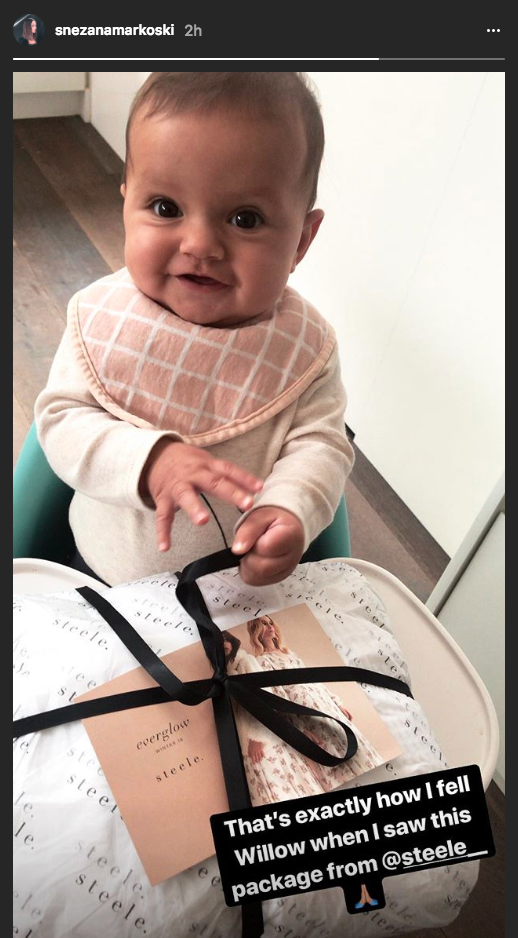Unboxing posts don’t need to stop – if they work, keep doing them
In a response to Natalie Giddings’ anti-unboxing piece, HooZu’s Justin Golledge throws his hat in the ring (or box), arguing that these kinds of campaigns, while not ‘clever’, are effective.
Unboxing posts are not the enemy. This format of promotional content is actually one of the most cost-effective tactics when it comes to generating new customers, because it allows you to track sales directly attributed from unboxing content.

This is important not only for your unboxing strategy, but for influencer content in general. Influencer marketing needs to be held commercially accountable to client investment in the same way that display banners or google AdWords are. That’s done by by measuring ROI.


Can someone please quote one, ONE, verified study that influencer marketing returns a positive ROI
Google HiSmile
Have a read how HiSmile made their millions
http://www.news.com.au/lifesty.....27b9044b1b
“By putting the unboxing process in the hands of highly engaging, relevant and vetted influencers, potential customers are given a genuine critique and review of your product, one that they value.”
Genuine critique? I don’t know of any who would get paid by saying it’s a crap product after the “unboxing”.
I’m an unboxer – i have around 350,000 subscribers on youtube.
I’m happy to unbox things i’ve been paid to unbox. but my first rule is simple. When you pay me to unbox your item, thats what your buying. Your not buying my opinions. I have unboxed items that were broken out of the box (I give the brand another chance at this point). I have unboxed items that didn’t do what they claimed to do very well (Or at all) – and i’ve said so. I’ve also unboxed some great items that work extremely well (some of the apple gear i’ve unboxed springs to mind) and i’ve said so.
I see my channel is MY brand, & my brand is honesty and i works.
…You honest unboxer, you!
And your YouTube channel is?